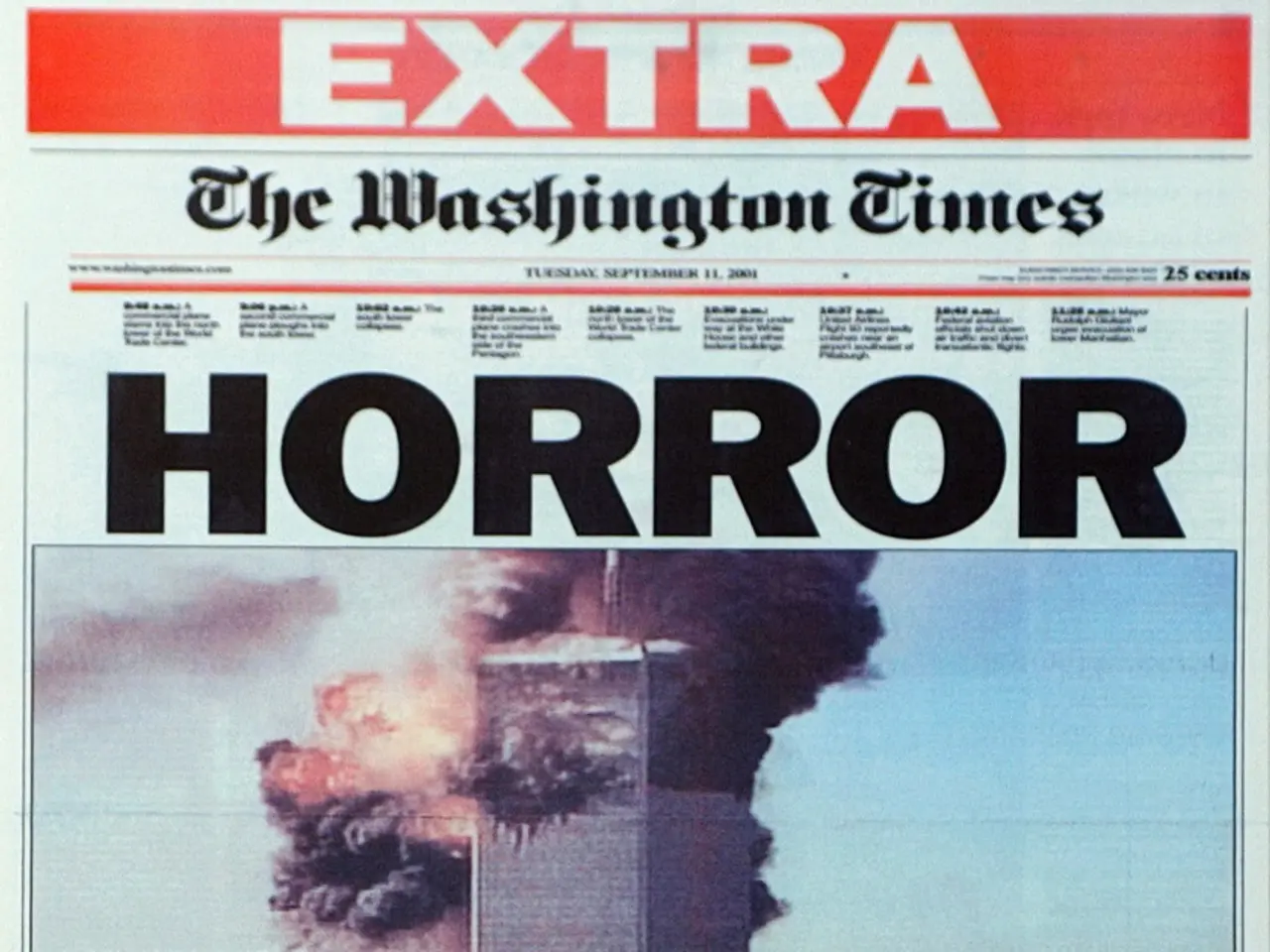Market assesses oil prices amid potential Trump tariff impacts and increased U.S. stock levels
In the oil markets, a sense of uncertainty has been brewing due to the impact of U.S. President Trump's tariff threats and Iran sanctions. This has led to cautious pricing and a holding pattern for both Brent and West Texas Intermediate (WTI) crude oil prices.
The prices for Brent crude for September delivery have seen a modest decline, settling around $72.53 to $73.14 per barrel. WTI crude prices for September have also experienced a decrease, closing near $69.26 to $69.95 per barrel. These declines amount to approximately 0.1% to 1% at times, primarily due to tariff uncertainties and crude stock builds.
A surprising build in U.S. crude stocks has served as a key factor weighing on prices. In the week ending July 25, U.S. crude oil inventories increased by 7.7 million barrels to 426.7 million barrels, largely due to lower exports. However, the neutral impact on the oil market is tempered by the strong driving season demand suggested by the gasoline draw.
President Trump's tariff threats, particularly those set to take effect around August 1, have instilled a sense of market caution. While trade negotiations are ongoing with several partners, uncertainty remains about the terms and extent of tariffs, including those linked to steel, aluminum, and Venezuelan oil purchases.
Trump's hawkish stance on sanctions against Russian oil and calls for a quick resolution to the Ukraine conflict tend to support some price premiums due to tight supply concerns. However, these are tempered by a strong dollar and weaker global growth indicators.
Despite these bearish factors, some bullish factors continue to support oil prices. The ongoing sanctions against Iran, for instance, have exerted upward pressure on prices. On Wednesday, the U.S. Treasury Department imposed fresh sanctions on over 115 Iran-linked individuals, entities, and vessels as part of the "maximum pressure" campaign.
In summary, oil prices have been caught in a holding pattern, reflecting a balance between bullish factors like sanctions and bearish factors such as tariff threats and a surprising stock build. This has led to relatively stable but slightly declining prices for both Brent and WTI crude oils in the near term.
Analysts, however, remain cautious, re-evaluating the market until there is more clarity surrounding President Trump's announcements regarding the war in Ukraine and trade tariffs.
- Ira might consider the risk associated with trading stocks in the oil sector, as the prices for Brent and WTI crude oils, driven by tariff uncertainties and crude stock builds, have shown a holding pattern with modest declines.
- When valuating capital investments in the oil market, one should consider the impact of the weather on driving season demand, as a strong driving season demand suggested by the gasoline draw has tempered the neutral impact on the oil market from a surprising build in U.S. crude stocks.
- Despite the potential influence of the weather, it is important for investors like Ira to be mindful of geopolitical factors such as Trump's tariff threats and the ongoing sanctions against Iran, as these factors continue to exert upward pressure on oil prices.








